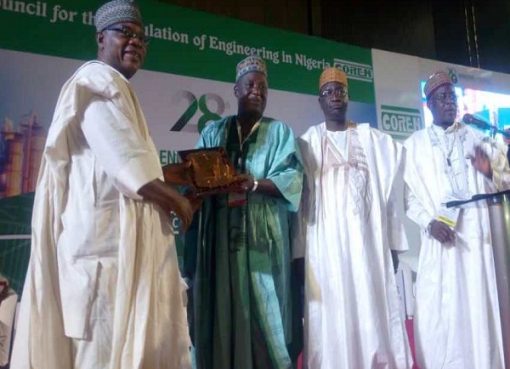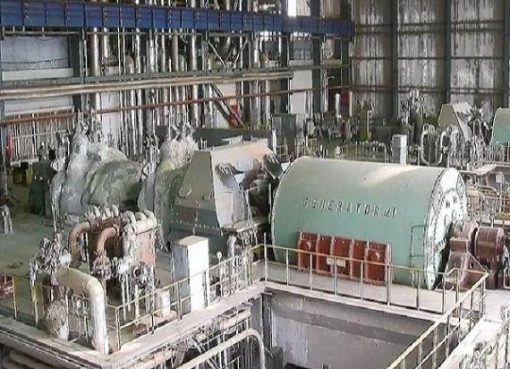With the technology becoming more readily available and the demand for small and intricate parts increasing, micromachining is increasingly becoming an important precision engineering technique. But what is micromachining? And what are the benefits and applications of micromachining for precision engineering businesses? Here we look at the development of micromachining and how it can benefit you.
WHAT IS MICROMACHINING?
Micromachining is the process of machining very small parts with tools smaller than 0.015 inch in diameter and tolerances of just a few tenths. Micromachining can create very small and intricate parts that are required for certain applications, particularly in the semiconductor and medical industry. It takes machinery with both sufficient spindle speed and durable cutting tools to produce the repeatability and strength to run at high speeds. Micromachining tools may be as small as 0.001 inch in diameter (1/3 diameter of human hair) to achieve the precision and detail needed.

EVOLUTION OF MICROMACHINING
Micromachining developed as a technique in the late 1990s, in response to an increasing demand for smaller and more intricate parts from the semiconductor and medical industries. In response to this, precision engineers began developing techniques to machine smaller parts with smaller tools, largely by trial and error.
Finding the right machinery and tools to deliver results on such a small scale was particularly a problem. Laser cutting couldn’t create the clean edges required, and low RPM machines using small cutters could only provide limited results.
Upgrading to higher speed spindles and machines that are capable of producing smaller parts was essential, and nowadays precision engineers not only use higher RPM machines to apply their own micromilling capabilities, they also use Swiss-type lathes with live tooling and high-speed air spindles. Swiss-type lathes can be used to create prototypes and produce small batches of turned parts that still require some milling.
BENEFITS OF MICROMACHINING
The main benefit of Micromachining using specialized techniques and tools is that it allows the reliably repeatable as efficient production of small and intricate parts that have tight tolerances.
Micromachining offers a method for single process machining for smaller parts, so milling and turning can be done on the same machine. This reduces lead time and allows parts to be machined more efficiently.
Micromachining is ideal for machining prototypes and parts with micro features in both plastics and metals, and has a variety of applications.
Micromachining using machines with high spindle speeds or Swiss-type lathes has the advantage of creating cleaner cuts, more precise dimensions and tighter tolerances to fit their specialized applications in the semiconductor and medical industries.
Implementing Micromachining in your precision engineering practice provides the opportunity to take on a greater range of scope of bids and make more diverse and specialized parts. Even larger parts can be machined with greater accuracy and speed on machines used for micromachining.
With the demand for smaller and more intricate micromachined parts increasing as more industries require these parts, Micromachining will become a more Important and significant aspect of a precision engineering company’s work.
Source: inversesolutionsinc










